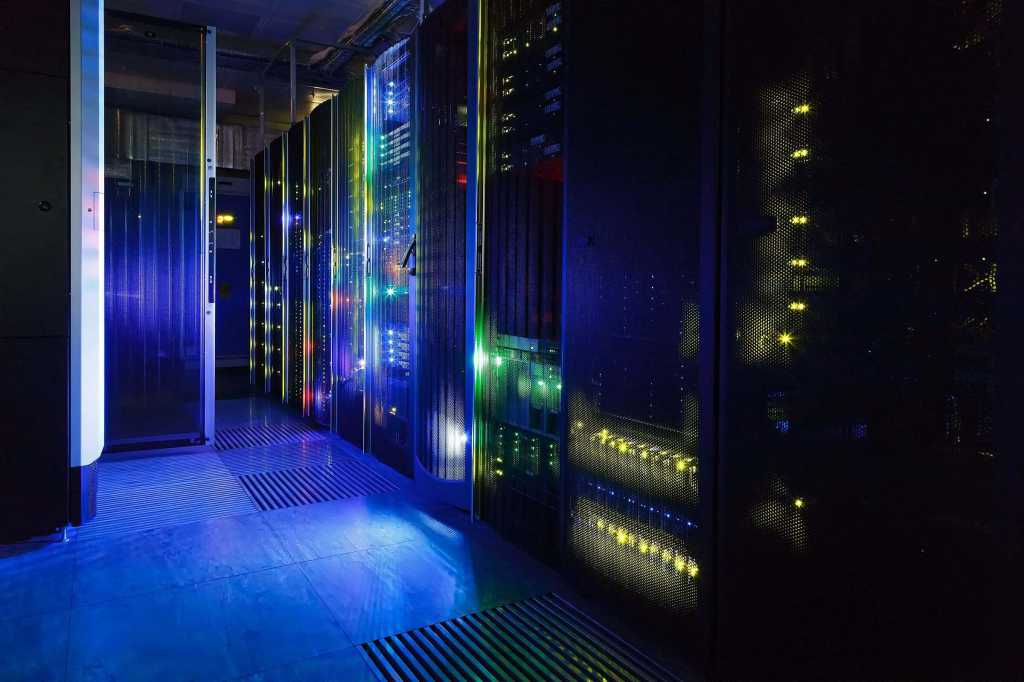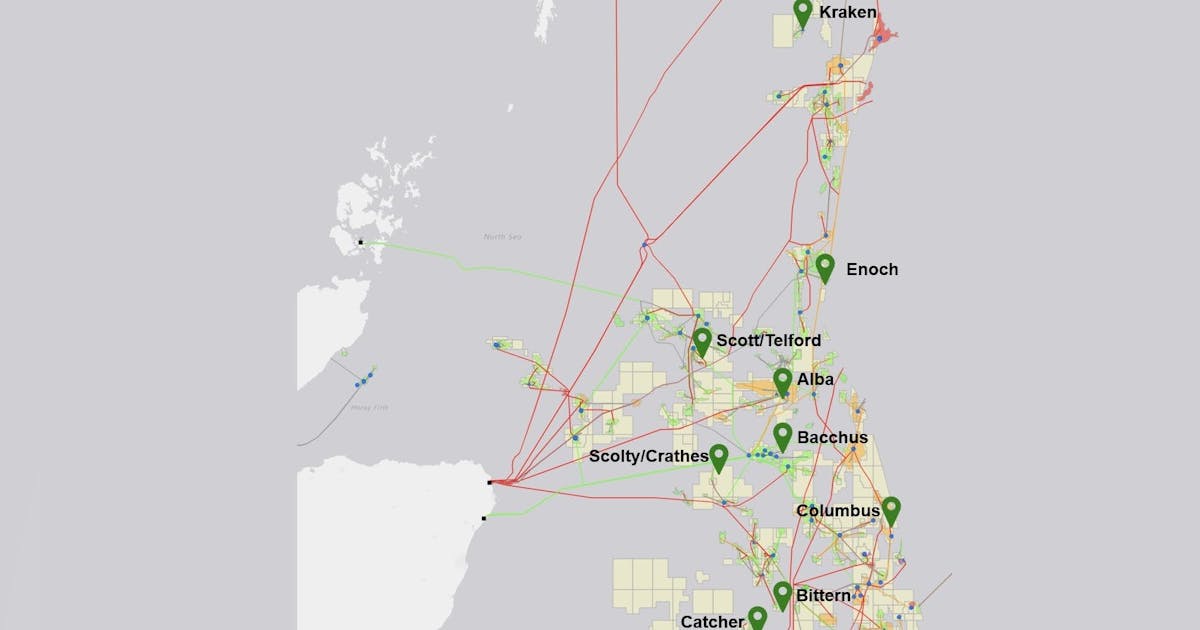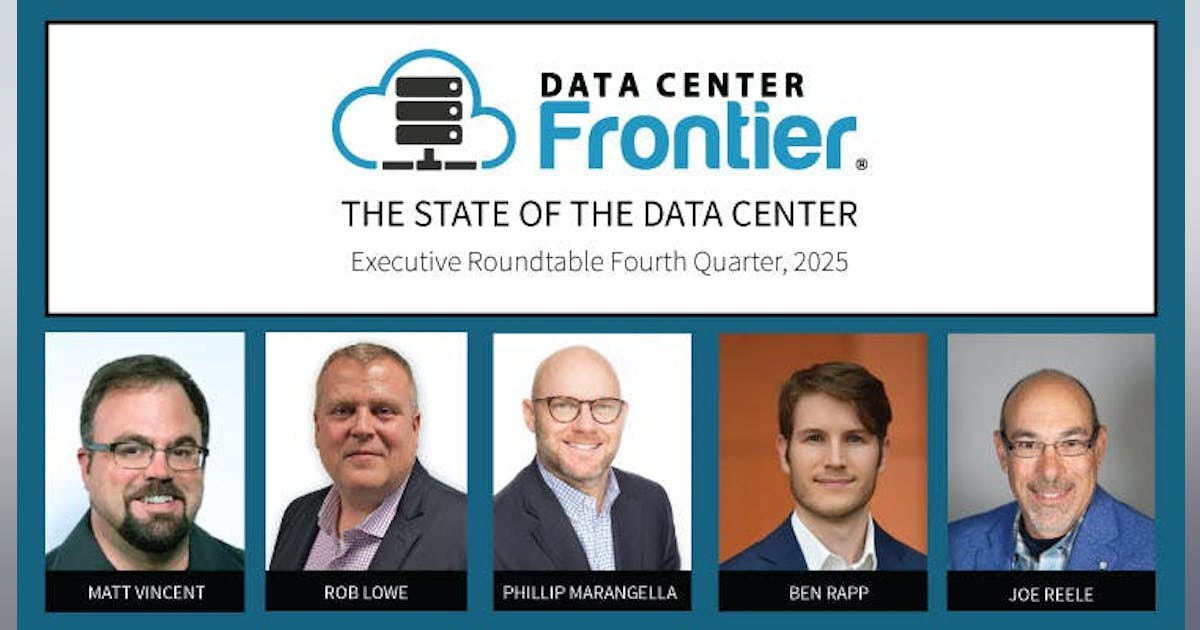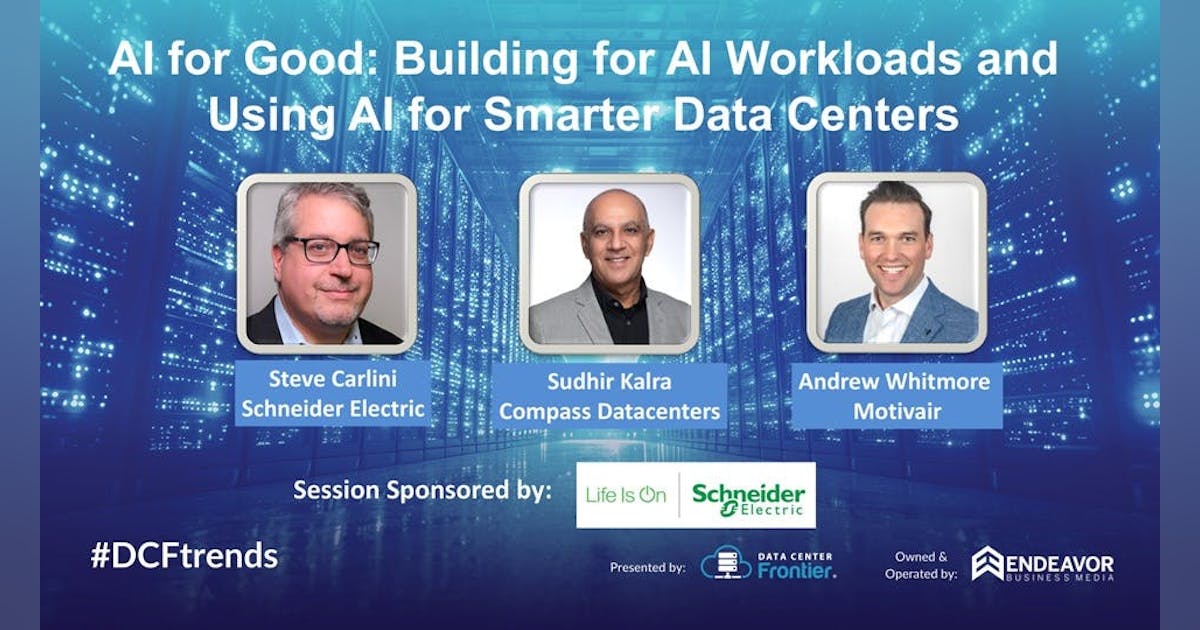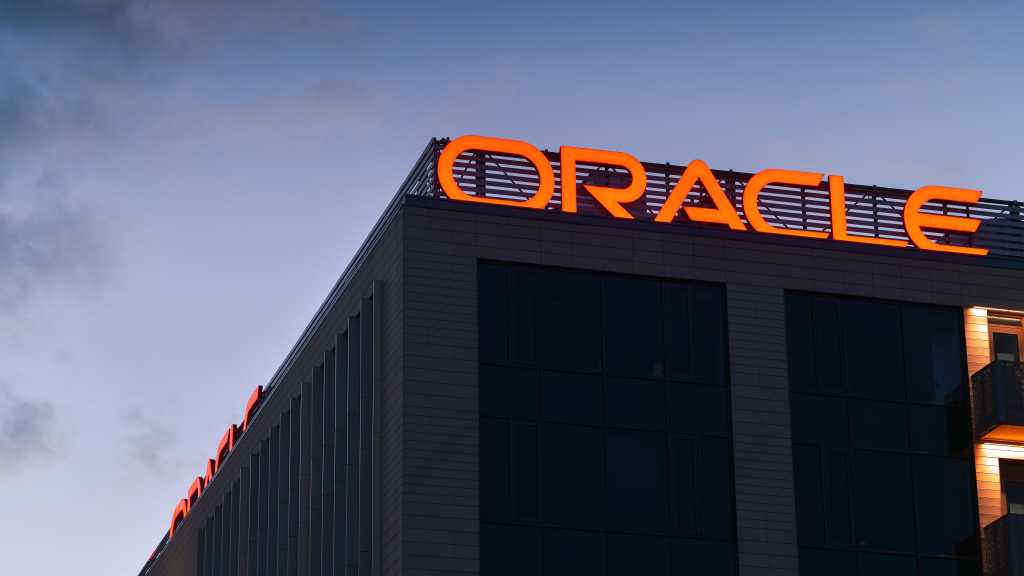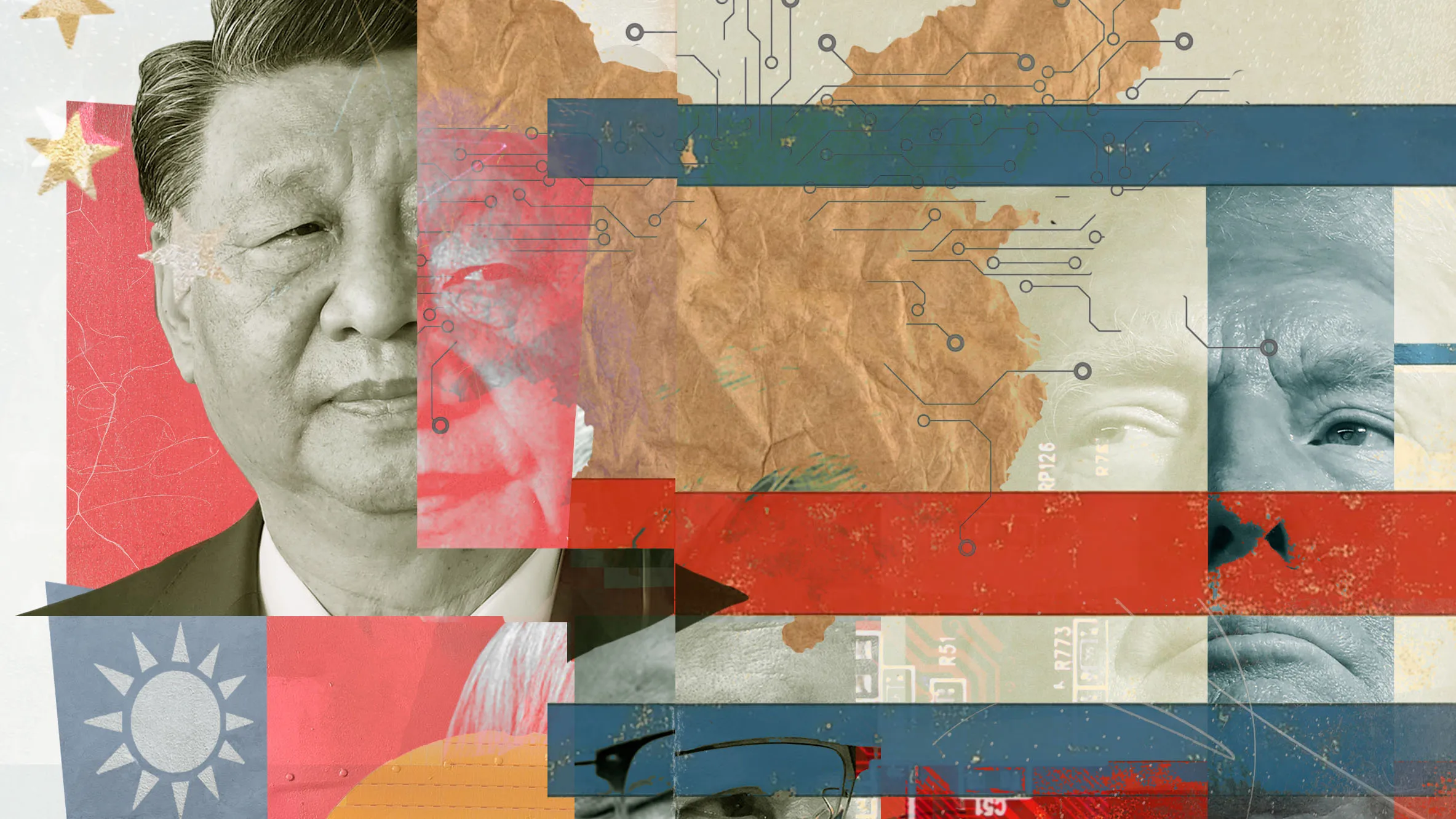Join our daily and weekly newsletters for the latest updates and exclusive content on industry-leading AI coverage. Learn More
OpenAI reshaped the enterprise AI landscape Tuesday with the release of its comprehensive agent-building platform – a package combining a revamped Responses API, powerful built-in tools and an open-source Agents SDK.
While this announcement might have been overshadowed by other AI headlines — Google’s unveiling of the impressive open-source Gemma 3 model, and the emergence of Manus, a Chinese startup whose autonomous agent platform astonished observers — it is clearly a significant move for enterprises to be aware of. It consolidates a previously fragmented complex API ecosystem into a unified, production-ready framework.
For enterprise AI teams, the implications are potentially profound: Projects that previously demanded multiple frameworks, specialized vector databases and complex orchestration logic can now be achieved through a single, standardized platform. But perhaps most revealing is OpenAI’s implicit acknowledgment that solving AI agent reliability issues requires outside expertise. This shift comes amid growing evidence that external developers are finding innovative solutions to agent reliability — something that the shocking Manus release also clearly demonstrated.
This strategic concession represents a critical turning point: OpenAI recognizes that even with its vast resources, the path to truly reliable agents requires opening up to outside developers who can discover innovative solutions and workarounds that OpenAI’s internal teams might miss.
A unified approach to agent development
At its core, the announcement represents OpenAI’s comprehensive strategy to provide a complete, production-ready stack for building AI agents. The release brings several key capabilities into a unified framework:
- The Responses API builds on the Chat Completions API but adds seamless integration for tool use, with improved interface design for creating agents;
- Built-in tools include web search, file search and computer use (the technology behind OpenAI’s Operator feature);
- An open-source Agents SDK for orchestrating single-agent and multi-agent workflows with handoffs.
What makes this announcement transformative is how it addresses the fragmentation that has plagued enterprise AI development. Companies that decide to standardize on OpenAI’s API format and open SDK will no longer need to cobble together different frameworks, manage complex prompt engineering or struggle with unreliable agents.
“The word ‘reliable’ is so key,” Sam Witteveen, co-founder of Red Dragon, an independent developer of AI agents, said in a recent conversation with me on a video podcast deep dive on the release. “We’ve talked about it many times…most agents are just not reliable. And so OpenAI is looking at like, ‘Okay, how do we bring this sort of reliability in?’”
After the announcement, Jeff Weinstein, the product lead of payments company Stripe took to X to say Stripe had already demonstrated the practical application of OpenAI’s new Agents SDK by releasing a toolkit that enables developers to integrate Stripe’s financial services into agentic workflows. This integration allows for the creation of AI agents capable of automating payments to contractors by checking files to see who needed payment or not, and billing and other transactions.
Strategic implications for OpenAI and the market
This release reveals a significant shift in OpenAI’s strategy. Having established a lead with foundation models, the company is now consolidating its position in the agent ecosystem through several calculated moves:
1. Opening up to external innovation
OpenAI acknowledges that even its extensive resources aren’t enough to outpace community innovation. The launch of tools and an open-source SDK suggests a major strategic concession.
The timing of the release coincided with the emergence of Manus, which impressed the AI community with a very capable autonomous agent platform — demonstrating capabilities using existing models from Claude and Qwen, essentially showing that clever integration and prompt engineering could achieve reliability that even major AI labs were struggling with.
“Maybe even OpenAI are not the best at making Operator,” Witteveen noted, referring to the web-browsing tool that OpenAI shipped in late January, but which we found had bugs and was inferior to competitor Proxy. “Maybe the Chinese startup has some nice hacks in their prompt, or in whatever, that they’re able to use these sort of open-source tools.”
The lesson is clear: OpenAI needs the community’s innovation to improve reliability. Any team, no matter how good they are, whether it’s OpenAI, Anthropic, Google — they just can’t try out as many things as the open source community can.
2. Securing the enterprise market through API standardization
OpenAI’s API format has emerged as the de facto standard for large language model (LLM) interfaces, supported by multiple vendors including Google’s Gemini and Meta’s Llama. OpenAI’s change in its API is significant because a lot of third-party players are going to fall in line and support these other changes as well.
By controlling the API standard while making it more extensible, OpenAI looks set to create a powerful network effect. Enterprise customers can adopt the Agents SDK knowing it works with multiple models, but OpenAI maintains its position at the center of the ecosystem.
3. Consolidating the RAG pipeline
The file search tool challenges database companies like Pinecone, Chroma, Weaviate and others. OpenAI now offers a complete retrieval-augmented generation (RAG) tool out-of-the-box. The question now is what happens to this long list of RAG vendors or other agent orchestration vendors that popped up with large funding to go after the enterprise AI opportunity — if you can just get a lot of this through a single standard like OpenAI.
In other words, enterprises may consider consolidating multiple vendor relationships into a single API provider, OpenAI. Companies can upload any data documents they want to use with OpenAI’s leading foundation models — and search it all within the API. While enterprises may encounter limitations compared to dedicated RAG databases like Pinecone, OpenAI’s built-in file and web search tools offer clear citations and URLs — which is critical for enterprises prioritizing transparency and accuracy.
This citation capability is key for enterprise environments where transparency and verification are essential – allowing users to trace exactly where information comes from and validate its accuracy against the original documents.
The enterprise decision-making calculus
For enterprise decision-makers, this announcement offers opportunities to streamline AI agent development but also requires careful assessment of potential vendor lock-in and integration with existing systems.
1. The reliability imperative
Enterprise adoption of AI agents has been slowed by reliability concerns. OpenAI’s computer use tool, for example, achieves 87% on the WebVoyager benchmark for browser-based tasks but only 38.1% on OSWorld for operating system tasks.
Even OpenAI acknowledges this limitation in its announcement, saying that human oversight is recommended. However, by providing the tools and observability features to track and debug agent performance, enterprises can now more confidently deploy agents with appropriate guardrails.
2. The lock-in question
While adopting OpenAI’s agent ecosystem offers immediate advantages, it raises concerns about vendor lock-in. As Ashpreet Bedi, founder of AgnoAGI, pointed out after the announcement: “The Responses API is intentionally designed to prevent developers from switching providers by changing the base_url.”
However, OpenAI has made a significant concession by allowing its Agents SDK to work with models from other providers. The SDK supports outside models, provided they offer a Chat Completions-style API endpoint. This multi-model approach provides enterprises with some flexibility while still keeping OpenAI at the center.
3. The competitive advantage of the full stack
The comprehensive nature of the release — from tools to API to SDK — creates a compelling advantage for OpenAI compared to competitors like Anthropic or Google, which have taken more piecemeal approaches to agent development.
This is where Google, in particular, has dropped the ball. It has tried multiple different ways to do this from within their current cloud offerings, but haven’t gotten to the point of where someone can upload PDFs and use Google Gemini for RAG.
Impact on the agent ecosystem
This announcement significantly reshapes the landscape for companies building in the agent space. Players like LangChain and CrewAI, which have built frameworks for agent development, now face direct competition from OpenAI’s Agents SDK. Unlike OpenAI, these companies don’t have a huge, growing foundation LLM business to support their frameworks. This dynamic could accelerate consolidation in the agent framework space, with developers with big incentives gravitating toward OpenAI’s production-ready solution.
Meanwhile, OpenAI monetizes developer usage, charging (.3) per call for GPT-4o and (.2.5) for GPT-4o-mini for web searches, with prices rising to .5 per call for high-context searches — making it competitively priced.
By providing built-in orchestration through the Agents SDK, OpenAI enters direct competition with platforms focused on agent coordination. The SDK’s support for multi-agent workflows with handoffs, guardrails and tracing creates a complete solution for enterprise needs.
Is production readiness just around the corner?
It’s too early to tell how well the new solutions work. People are only now starting to use Agents SDK for production. Despite the comprehensive nature of the release, questions remain because OpenAI’s previous attempts at agent frameworks, like the experimental Swarm and the Assistants API, didn’t fully meet enterprise needs.
For the open-source offering, it’s unclear whether OpenAI will accept pull requests and submitted code from external people.
The deprecation of the Assistants API (planned for mid-2026) signals OpenAI’s confidence in the new approach, however. Unlike the Assistants API, which wasn’t extremely popular, the new Responses API and Agents SDK appear more thoughtfully designed based on developer feedback.
A true strategic pivot
While OpenAI has long been at the forefront of foundation model development, this announcement represents a strategic pivot; the company could potentially become the central platform for agent development and deployment.
By providing a complete stack from tools to orchestration, OpenAI is positioning itself to capture the enterprise value created atop its models. At the same time, the open-source approach with Agents SDK acknowledges that even OpenAI cannot innovate quickly enough in isolation.
For enterprise decision-makers, the message is clear: OpenAI is going all-in on agents as the next frontier of AI development. Whether building custom agents in-house or working with partners, enterprises now have a more cohesive, production-ready path forward — albeit one that places OpenAI at the center of their AI strategy.
The AI wars have entered a new phase. What began as a race to build the most powerful foundation models has evolved into a battle for who will control the agent ecosystem — and with this comprehensive release, OpenAI has just made its most decisive move yet to have all roads to enterprise AI agents run through its platform.
Check out this video for a deeper dive conversation between me and developer Sam Witteveen about what the OpenAI release means for the enterprise:
Daily insights on business use cases with VB Daily
If you want to impress your boss, VB Daily has you covered. We give you the inside scoop on what companies are doing with generative AI, from regulatory shifts to practical deployments, so you can share insights for maximum ROI.
Read our Privacy Policy
Thanks for subscribing. Check out more VB newsletters here.
An error occured.




